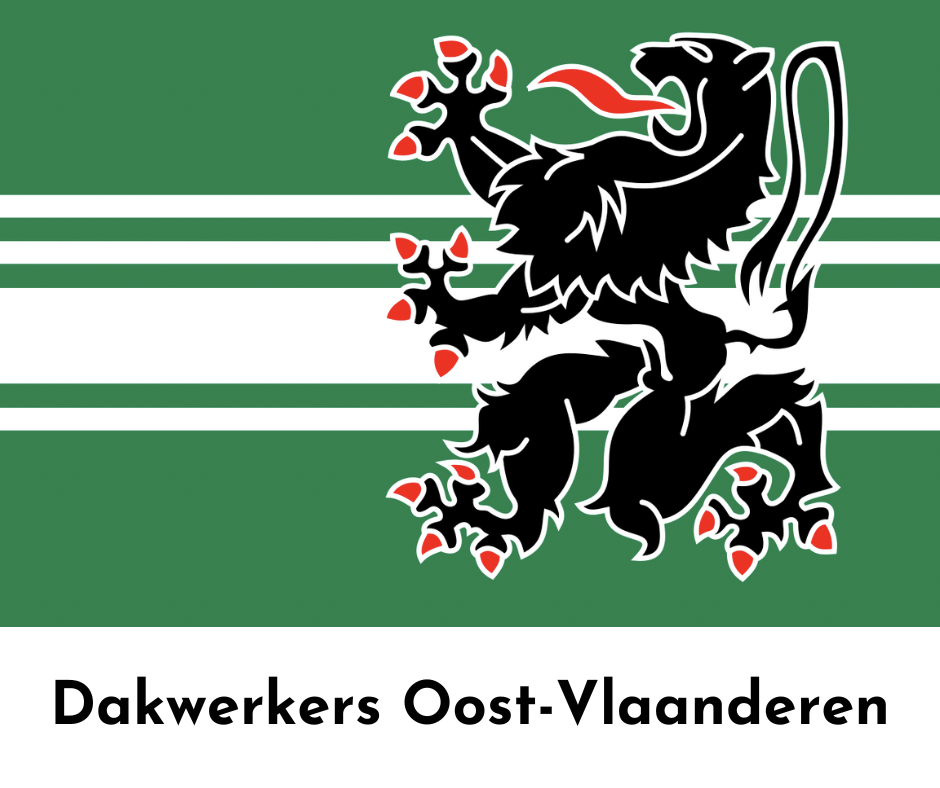Introduction
Maintaining your home is something we all strive to do well, but as the seasons change in East Flanders, so does the state of our roofs. One common issue that can plague homeowners in this beautiful part of Belgium is the unwanted growth of moss and algae. Not only do they detract from your roof's aesthetic appeal, but they can also lead to more significant issues down the line if not addressed properly. So, how do you tackle this green invader? In this comprehensive guide, we'll explore practical and effective methods for how to remove moss and algae from your roof: tips for East Flanders residents. Get ready; it's time to reclaim the beauty of your home!

Understanding Moss and Algae Growth on Roofs
What Causes Moss and Algae Growth?
Moss and algae thrive in moist environments, which makes East Flanders' humid climate an ideal breeding ground. When roofs are shaded by trees or buildings, it creates a perfect habitat for these organisms.
- Moisture: Both moss and algae require moisture to grow. Shade: Shaded areas receive less sunlight, making them more hospitable. Nutrients: Organic debris like leaves provide nutrients that foster growth.
Why Is It Important to Remove Them?
Ignoring moss and algae can lead to several issues:
- Structural Damage: They can trap moisture against roofing materials, leading to rot. Decreased Lifespan: The presence of these organisms can shorten the lifespan of shingles. Aesthetic Concerns: A roof covered in green growth isn't exactly eye-catching.
How to Identify Moss vs. Algae on Your Roof
Differences Between Moss and Algae
Both moss and algae have distinct appearances:
- Moss usually appears as thick clumps or patches that look fuzzy or velvety. Algae tends to be smooth and can appear as dark streaks or stains.
Tools Needed for Identification
To effectively identify what you're dealing with, consider using:
- A magnifying glass A flashlight (to see under shadows)
Once you've identified your problem, it’s time to act!
How to Remove Moss and Algae from Your Roof: Tips for East Flanders Residents
Safety First: Preparing for Roof Cleaning
Before you begin cleaning, safety should be your top priority:
Ladder Safety: Ensure your ladder is stable and positioned correctly. Wear Protective Gear: Use gloves, goggles, and non-slip shoes. Weather Conditions: Choose a dry day with no forecasted rain.Choosing the Right Cleaning Method
There are several methods you might choose when considering how to remove moss and algae from your roof:
1. Chemical Cleaners
Using chemical solutions can be effective but requires careful handling:
- Look for products specifically designed for roofing materials.
2. Homemade Solutions
Consider mixing up a homemade solution:
- Combine equal parts vinegar or bleach with water in a spray bottle.
3. Pressure Washing
Pressure washing can be very effective but may damage shingles if done improperly:
- Use a low-pressure setting.
4. Scrubbing by Hand
Sometimes old-fashioned scrubbing works best:
- Use a soft-bristle brush with long handles.
Step-by-Step Guide: Cleaning Your Roof
Step 1: Gather Necessary Supplies
Before climbing up there, make sure you have everything you need:
| Supplies | Purpose | |--------------------|-----------------------| | Ladder | To access the roof | | Soft-bristle brush | For scrubbing | | Chemical cleaner | To kill growth | | Hose | To rinse off debris |
Step 2: Apply Cleaning Solution
Once you're safely on the roof:
Spray your chosen cleaning solution generously over affected areas. dakdekkerlokaal.s3.us.cloud-object-storage.appdomain.cloud Let it sit according to manufacturer instructions (if using chemical cleaners).Step 3: Scrub Away Growth
Using gentle pressure:
Work in sections with your soft-bristle brush. Rinse each section thoroughly before moving on.Step 4: Final Rinse
Make sure all cleaning residue is washed away with clean roofing business directories water.
Preventing Future Moss and Algae Growth
Regular Maintenance Tips
To prevent future infestations:
Keep gutters clean Trim overhanging branches Regularly check for standing waterLong-Term Solutions
You might also consider installing zinc or copper strips along ridges that release ions when it rains—specifically designed to inhibit growth!
When Should You Consider Professional Help?
While DIY methods are often effective, there are times when calling in professionals might be necessary:
Signs You Need Professional Assistance
Extensive coverage of moss/algae Slippery surfaces due to heavy growth Concern about potential damage during cleaningFAQs About Removing Moss and Algae From Roofs
FAQ 1: How often should I clean my roof?
Cleaning your roof should ideally occur once every year or two, depending on environmental conditions.
FAQ 2: Can I use any type of bleach?
Avoid using harsh commercial bleaches; opt for a diluted solution instead.
FAQ 3: Is pressure washing safe for my shingles?
Only use low-pressure settings; high pressure can lift shingles or cause damage.
FAQ 4: What time of year is best for cleaning?
Late spring or early fall are ideal times since temperatures are moderate.
FAQ 5: Can I prevent moss/algae growth without chemicals?
Yes! Regular maintenance such as trimming trees will greatly help reduce their growth naturally.
FAQ 6: Will removing moss hurt my roof?
If done correctly using safe methods, removing moss should not harm your roofing material.
Conclusion
In summary, maintaining a clean roof is essential for both aesthetics and structural integrity—especially here in East Flanders where nature is ever-present! By following these comprehensive tips on how to remove moss and algae from your roof, you'll not only enhance its appearance but also extend its lifespan significantly! Remember that while DIY solutions can work wonders, don't hesitate to reach out for professional assistance if needed—your home deserves nothing less than the best care possible! Happy cleaning!